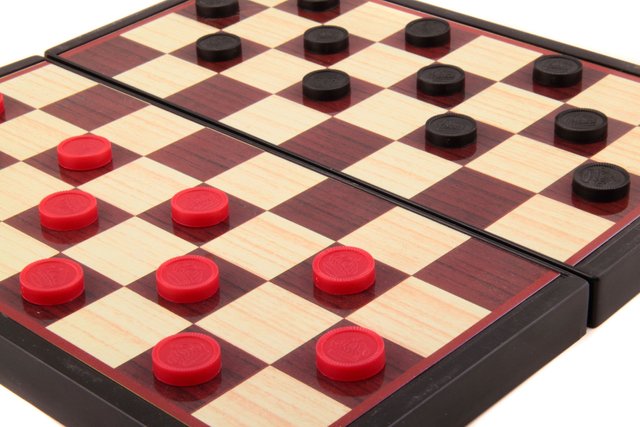
Checkers, also known as draughts, is a timeless classic that has captivated minds and brought joy to players for centuries. This simple yet strategic game has transcended cultural and generational boundaries, making it a cherished pastime across the globe. In this blog, we'll explore the rich history, basic rules, and strategic nuances of checkers, as well as the reasons behind its enduring popularity.
A Brief History:
The origins of checkers can be traced back to ancient times, with evidence suggesting that the game has been played for over 5,000 years. Various versions of checkers have emerged across different cultures, each contributing to the evolution of the game we know today. The modern version gained popularity in the 19th century, and the rules were standardized to create a more consistent and enjoyable experience for players.
Basic Rules:
Checkers is a two-player game played on an 8x8 square board. Each player starts with 12 pieces, typically differentiated by color (dark and light). The goal is to capture all of your opponent's pieces or block them in such a way that they cannot make a legal move.
Pieces move diagonally forward, capturing opponent pieces by jumping over them. If a player's piece reaches the last row on the opponent's side, it gets "kinged" and gains the ability to move both forward and backward. The game is won by either eliminating all of the opponent's pieces or creating a position where they cannot make a legal move.
Strategic Nuances:
Checkers may seem simple at first glance, but it is a game of deep strategy and skill. Here are some key strategic elements to consider:
Control the Center: Occupying the center of the board allows a player to dictate the flow of the game. Controlling the center provides more options for movement and puts pressure on the opponent.
King's Advantage: Kinged pieces have a significant advantage as they can move both forward and backward. Utilize your kings strategically, positioning them to control key squares and restrict your opponent's movements.
Forcing Jumps: Creating opportunities for multiple jumps in a single turn is a powerful tactic. By forcing your opponent into a series of jumps, you can gain a significant advantage and limit their options.
Board Awareness: Keep track of the entire board, not just your immediate surroundings. Anticipate your opponent's moves and plan your strategy accordingly.
Enduring Popularity:
The enduring popularity of checkers can be attributed to its accessibility, simplicity, and depth. The game's straightforward rules make it easy for beginners to learn, while its strategic complexity provides a continuous challenge for seasoned players. Checkers is a game that transcends age, culture, and skill level, making it a universal favorite for casual and competitive players alike.
Conclusion:
Checkers is more than just a board game; it's a timeless classic that has stood the test of time. Its rich history, simple yet strategic gameplay, and enduring popularity make it a staple in the world of traditional games. So, the next time you set up a checkers board, remember that you are engaging in a centuries-old tradition of skill, strategy, and friendly competition.